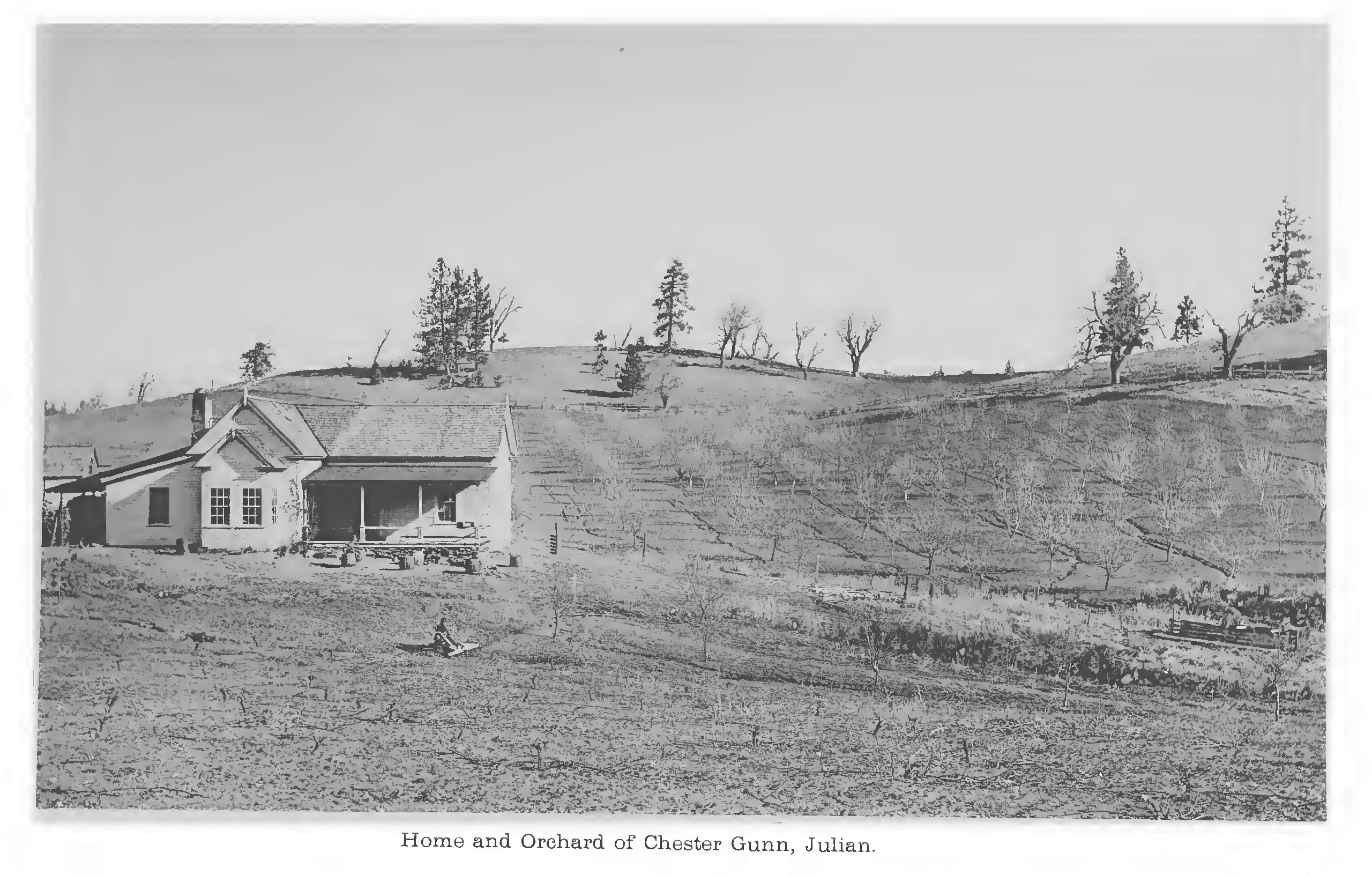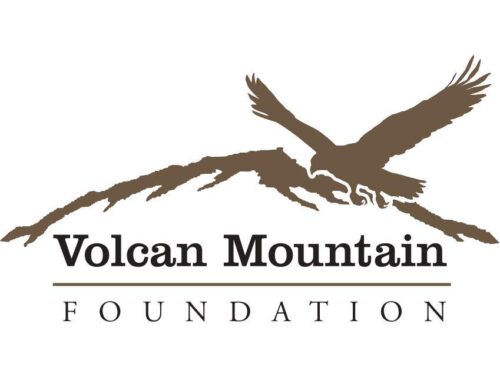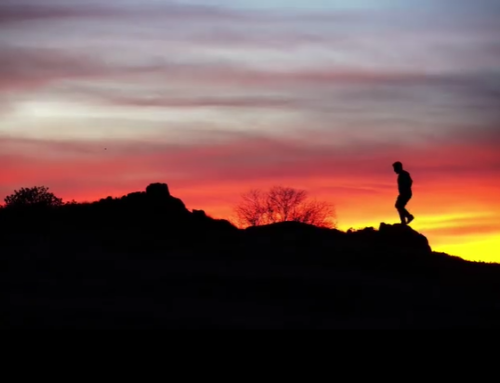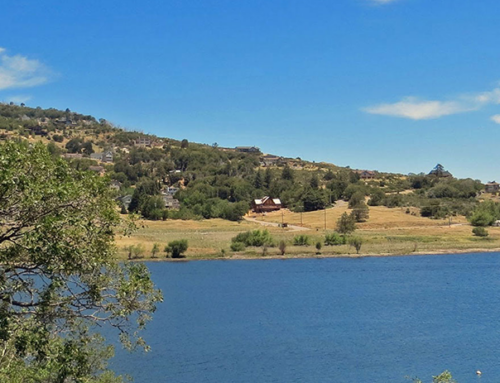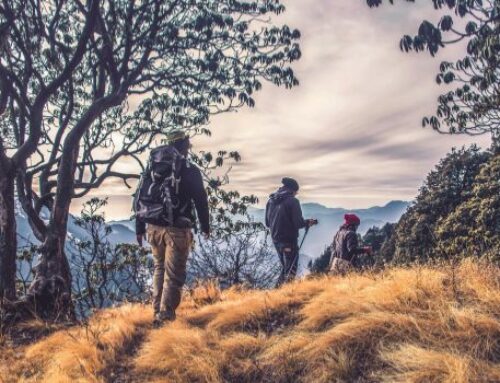by Albert Simonson
As you step out of the Julian town hall with good advice in mind and trail flyers in hand, all you need for a good time is to drive left down Main Street. You pass a homey restaurant, a pie shop, the pioneer cemetery, and drive uphill a bit.
Main Street somehow becomes Farmer Road in weirdly shifting levels of reality. Julian is like that, lovably unsettling, untethered to time, or much else.
Prepare yourself to regress a century or two to grittier times. As you go around the bend, your landscape opens to a broad meadow. This was the domain of Chester Gunn’s tidy Summit Ranch, with some of Julian’s first apple trees. He and schoolteacher Elizabeth raised a big family here. Both were well-born and schooled.
Chester wrote how he ran a Pony Express to the city before there were roads. Down left in the draw is a huge masonry horse stable rumored to be from early days of freight wagons and coaches.
After that, this handsome man became our Wells Fargo agent for mail and stages. There are fine photographs of him and his house on line. Historian David Lewis has found and examined his house site.
As you brake at the next crossroad, imagine new Oberlin School on your right. Anglo, German and Kumeyaay kids from fertile farms plodded to school along dirt roads away from the hard-drinking mining camp over the hill behind you.
This was, and is, an idyllic valley. It was called Volcan Valley, after a mountain-man Mexican Republic era rancho. It was all farmed long before Julian and an 1860 agricultural census has details.
Farmer Road jogs to the right and then left. It’s jolting but stay with it.
Right away you come to Volcan Mountain Trailhead, popular with the sinewy sort of visitor. Up by a grand entry monument, looking down toward Banner Canyon, is an overgrown spring which welcomed thirsty diarist fortyniners like the Audubon Emigrant Party, and army officers like the commander of the strategic river crossing at Fort Yuma.
Banner Canyon was a shortcut trail for the much longer wagon road. Lucky travelers dined at the spring on roast venison and pronghorn antelope at this far edge of the “Mexican rancho”. Others got acorn mush at the rancho adobe.
Dial now back farther to September 14th, 1821, around 9 a.m, two centuries ago. Two eminent mission padres and eight presidio soldiers rode this way with lance and musket to the summit of the “Sierra Madre” (Volcan Mountain). Up there they tried to see the Colorado River with a telescope. Haze and hills obscured the view. Padre Sanchez from Castile described San Felipe Valley with words that apply equally well today [but in Spanish].
Driving farther north, Farmer Road suddenly drops with a brushy gulch to the right. The damp depths of the gulch and a spring above it sustained Julian’s first store and butcher shop, stocked by roaming rooting feral hogs and also by cattle driven across Kanaka Flat in our preserve, from Ballena pastures.
But wait, everything has a precursor. Horrall’s firstest “store” was his bacon wagon, the aroma of which induced Julian’s town founders to come here to hog heaven. Little things mean a lot in fate’s unfolding.
The Horrall shop site is known from an 1875 road survey. A half-century earlier that spring and a creek sustained orderly rows of mission corn at Guichapa Indian village at the bottom of the gulch, just above the mission rodeo grounds where bawling cattle got branded “SD” by vaqueros.
The astute padres correctly observed that these were San Dieguito River headwaters. Sanchez and the Indians had already built the San Diego mission church, dam and aqueduct, and founded Santa Ysabel amid a constellation of Kumeyaay rancherias.
Driving along uphill, those who are psychic may sense spiritual presence along the road. In fact, on both sides is concrete evidence in the form of concrete and broken things. Volcan Valley has a deep past.
Once over the top where blacksmith Herr Ober lived you come to a parking area with an information kiosk, toilets, a picnic bench, and presentation area. There may be horse trailers parked there.
You have arrived at what I think is the most beautiful trail in the region. If your interests are in photographs, forests, rancheros, grassland, Indian life, earthquakes, environment, plants or cows, solitude, mission rodeos or just life, then bring water and trail grub with you. You may not get back to your car as soon as you planned.
It is a gentle trail suited to those of us whose attributes are not splendidly physical. You might even end up at the new Santa Ysabel Nature Center. It’s a grand outing, and you will feel it within you.
Please Google:
- Jose Bernardo Sanchez
- Chester Gunn Julian
Photo Credit/Source: 
The contents of this blog post come from a guest blogger. Though we believe the content to be accurate, we make no guarantee of such.

